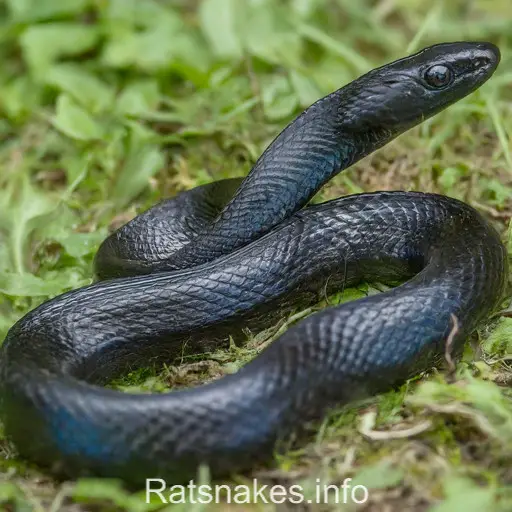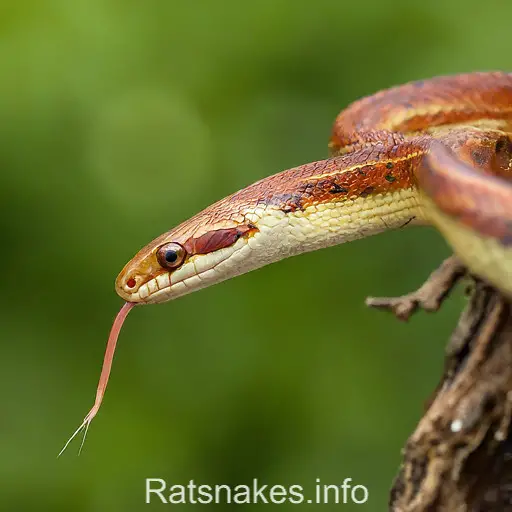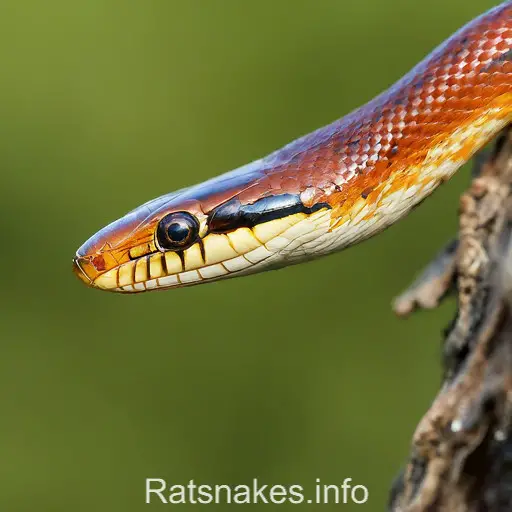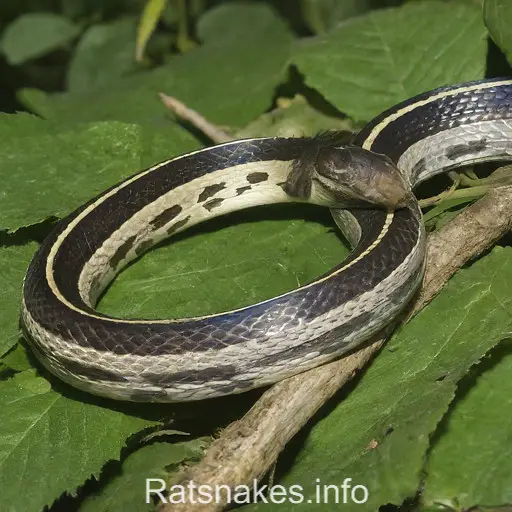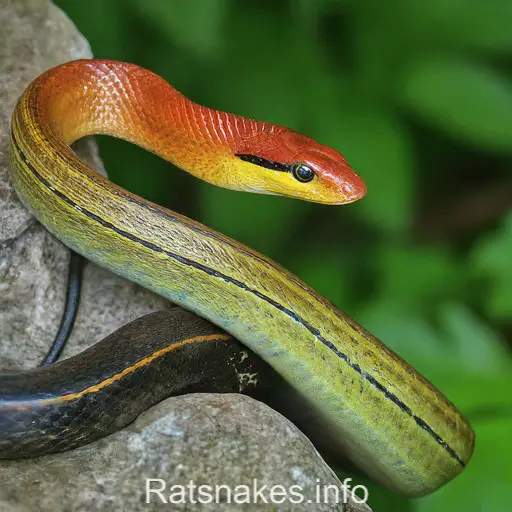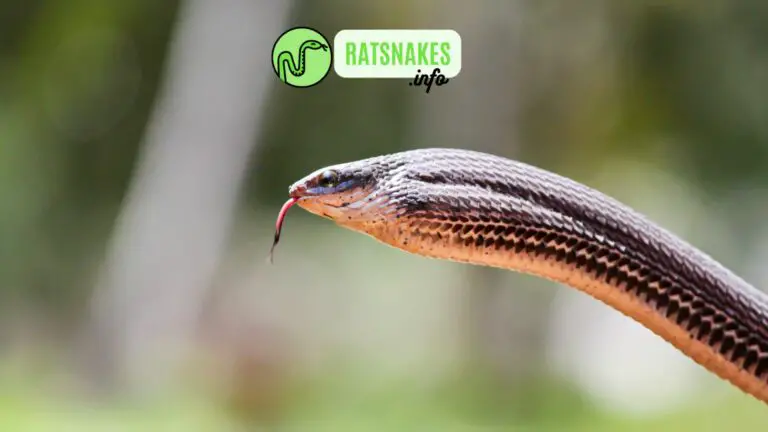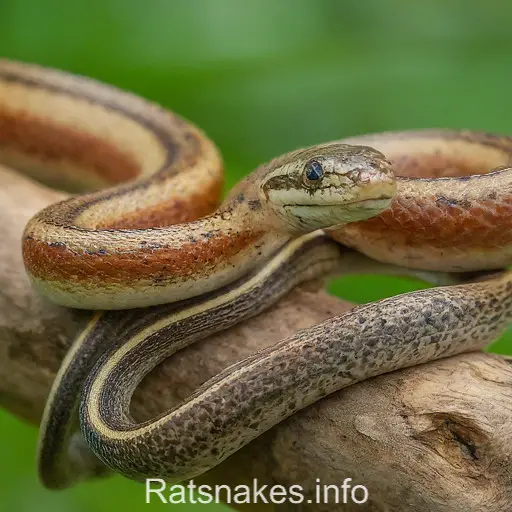
Elaphe schrenckii, also known as the Russian rat snake, is a fascinating species that captivates both snake enthusiasts and researchers alike. With its striking appearance and unique behaviors, this snake has earned a special place in the world of herpetology. We’ll delve into the characteristics, habitat, and conservation status of Elaphe schrenckii to shed light on this remarkable reptile.
As we explore the world of Elaphe schrenckii, we’ll uncover the secrets of its natural habitat, diet, and reproduction. Understanding the life cycle and ecological role of this snake species is crucial for its conservation and protection. Join us on this journey to discover the wonders of the Russian rat snake and gain a deeper appreciation for the importance of preserving its natural environment.
From the forests of Russia to the terrariums of snake enthusiasts around the globe, Elaphe schrenckii continues to intrigue and inspire. Let’s embark on an adventure to unravel the mysteries of this magnificent snake and learn why it deserves our admiration and respect.
Characteristics of Elaphe schrenckii
When it comes to the characteristics of Elaphe schrenckii, there are several key features that make this species stand out in the world of snakes. Here’s what you need to know about the appearance and behavior of the Russian rat snake:
- Appearance: Elaphe schrenckii is known for its striking coloration, typically featuring a vibrant combination of black, red, and white scales. These colors help the snake blend effectively into its natural forest habitat, providing camouflage against predators and prey alike.
- Size: On average, adult Russian rat snakes can reach lengths of 4 to 7 feet, with females generally growing larger than males. This size variation is essential for their survival in the wild, allowing them to navigate their surroundings with agility and grace.
- Behavior: Elaphe schrenckii is a non-venomous constrictor, relying on its powerful body to subdue and grip its prey before consuming it whole. Their hunting strategy involves stealth and patience, showcasing their adaptability and intelligence in capturing food efficiently.
- Distinctive Markings: One of the most fascinating aspects of Elaphe schrenckii is their unique scale patterns, which can vary significantly between individuals. These distinctive markings serve as a form of identification among snakes, helping researchers track and study them in their natural environment.
Understanding these characteristics is crucial for appreciating the beauty and complexity of Elaphe schrenckii as a species. Whether you encounter them in the wild or observe them in captivity, these traits offer a glimpse into the fascinating world of the Russian rat snake.
Habitat of Elaphe schrenckii
Elaphe schrenckii, commonly known as the Russian rat snake, is native to regions of Russia, North Korea, and China. Let’s delve into the natural habitat of these fascinating serpents:
- Forests: Found in a variety of forested habitats, from deciduous forests to mixed woodlands.
- Grasslands: They also inhabit grassy plains and meadows, where they can find ample prey.
- Wetlands: Elaphe schrenckii are known to frequent areas near bodies of water, such as marshes and wetlands.
These snakes are often encountered near human settlements due to the availability of food sources like rodents and birds. Their adaptability to diverse environments showcases their resilience in the wild.
Elaphe schrenckii’s habitat preferences emphasize the importance of conservation efforts to preserve these ecosystems for not only their survival but also for the overall biodiversity of their surroundings.
Conservation status of Elaphe schrenckii
Elaphe schrenckii faces threats to its population due to habitat loss, illegal collection for the pet trade, and human-wildlife conflict. It is categorized as “Vulnerable” by the International Union for Conservation of Nature (IUCN), indicating a high risk of endangerment in the wild. This status underscores the urgent need for conservation actions to protect these snakes and their habitats.
- The main threats to Elaphe schrenckii include:
- Habitat Loss: Deforestation and urbanization are encroaching on their natural habitats, reducing available living spaces.
- Illegal Collection: Being sought after in the exotic pet trade, these snakes face exploitation for economic gain.
- Human-Wildlife Conflict: Encounters with humans can lead to direct harm or persecution of these snakes.
Conservation efforts are crucial in safeguarding the future of Elaphe schrenckii. By establishing protected areas, enforcing anti-poaching laws, and raising awareness about the importance of these snakes in the ecosystem, we can contribute to their conservation.
- Some key conservation measures for Elaphe schrenckii include:
- Creating protected areas and wildlife reserves to preserve their habitats.
- Enforcing strict laws against illegal collection and trade of these snakes.
- Conducting research to understand their behavior and ecological needs better.
- Educating local communities about the importance of coexisting with Elaphe schrenckii for ecosystem balance.
Our collective efforts are vital in ensuring the survival of Elaphe schrenckii for future generations. By taking action now, we can help protect these fascinating snakes and the diverse environments they inhabit.
Key Takeaways
- Elaphe schrenckii, or the Russian rat snake, is a captivating species with unique characteristics and behaviors.
- It is a non-venomous constrictor with striking coloration and distinctive scale patterns.
- These snakes are typically found in forests, grasslands, and wetlands in regions of Russia, North Korea, and China.
- Elaphe schrenckii faces threats such as habitat loss, illegal collection, and human-wildlife conflict, leading to its “Vulnerable” conservation status.
- Conservation efforts like creating protected areas, enforcing anti-poaching laws, and raising awareness are crucial for ensuring the survival of Elaphe schrenckii.
- Understanding the habitat, behavior, and conservation status of Elaphe schrenckii is essential for appreciating and protecting this remarkable snake species.
Conclusion
As we wrap up our discussion on Elaphe schrenckii, it’s evident that these Russian rat snakes are facing significant challenges in the wild. With their vulnerable status and the various threats they encounter, urgent conservation measures are imperative. By implementing strategies like protected areas, anti-poaching laws, and awareness campaigns, we can work towards securing a brighter future for Elaphe schrenckii and preserving biodiversity. It’s crucial that we come together to protect these unique reptiles and the ecosystems they inhabit. Let’s strive to ensure that Elaphe schrenckii thrives for generations to come.

